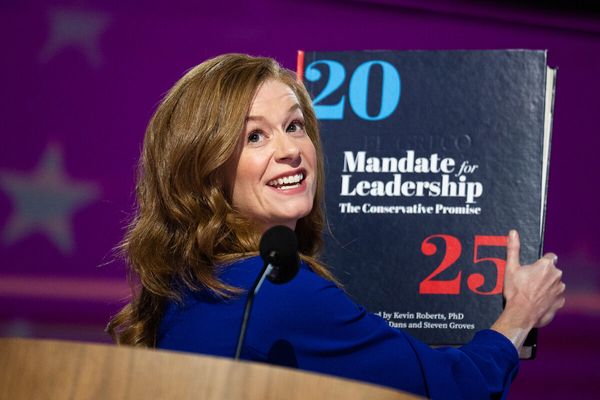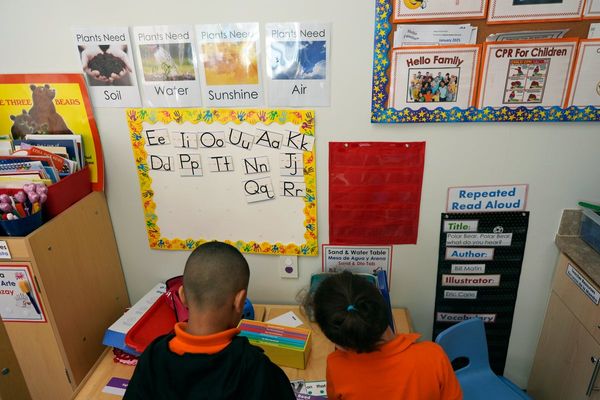
Manhattan housing inventory took a huge dip from December 2024 to January 2025—down 17%, according to a report from real estate data analytics company UrbanDigs. The report notes that’s the largest drop seen in more than 10 years, with total supply at lows not seen since 2016.
While that might seem like the definition of a seller’s market, the real story isn’t so simple. Both sides are feeling the squeeze, according to the report, as price-sensitive buyers shy away from high asking prices and sellers are stuck with “for sale” signs lingering out front.
John Walkup, co-founder of UrbanDigs, writes that properties stuck in this limbo “age like bananas, not wine.”
So what do you need to know if you’re debating whether now is the right time to jump into the NYC housing market? Despite high prices, low supply, and high mortgage rates, it’s not all doom and gloom. We’ll take a closer look at where things stand and how you can increase your chances of a successful house hunt if your heart is set on a place in the Big Apple.
High mortgage rates mean fewer homes going on the market
Mortgage rates have remained stubbornly close to the 7% mark on average—for conventional 30-year, fixed-rate home loans—for months, despite many observers hoping cuts by the Federal Reserve to the federal funds rate in the last quarter of 2024 would nudge them lower.
At the same time, a huge swathe of homeowners with outstanding mortgages have interest rates below 5%, and are loath to surrender that by selling and financing a new place at 2 percentage points or more higher. That’s a large reason why 2024 was the slowest year for sales of existing homes since 1995, per data from the National Association of REALTORS.
It turns out the national story is local, too.
“Given that mortgage rates have stayed higher for longer, it's not a surprise to see listing activity remain somewhat sluggish,” says Walkup of UrbanDigs. “With prices holding steady, sellers are likely waiting until they need to move before listing.”
In hard numbers, that 17% dip we mentioned earlier reflects a change from 6,255 active units the week of Dec. 2, 2024 to 5,185 active units the week of Jan. 6, 2025.
Be ready to negotiate, whether you’re buying or selling
Walkup notes that the median price of a condo in Manhattan based on closing date was $1,605,000 as of the fourth quarter of 2024. But, sometimes sellers may overestimate the value buyers will place on subjective factors such as views or renovations, and you end up with what Walkup refers to as “aspirationally priced” properties.
“It's easy to misprice—and sellers do feel they need to try for fear of leaving money on the table,” he says.
At the same time, buyers should have realistic expectations and understand that desirable properties at a reasonable price point may well draw numerous bids, so competition is likely to be stout. Walkup notes that the current market is penalizing fixer-uppers, so buyers might be able to find value in properties that require a little more work.
“While turnkey properties continue to command hefty premiums, buyers may need to compromise on cosmetic renovations, less-than-ideal layouts, or even slightly higher carrying costs,” he says.
2025 benefits from post-election vibes
“Buyers have a more optimistic view of the market than last year,” says real estate broker Adjina Dekidjiev of Coldwell Banker Warburg. “Historically, the housing market bounces back in the year post election.”
She adds that she has seen an uptick in buyer activity, particularly in cases of first-time homebuyers. But, those buying for a place to call home are also competing with those buying as an investment.
“I expect more foreign buyers who want to diversify their portfolios to purchase in 2025 than in recent years because of tax benefits, a more favorable economic environment, and the high appreciation potential,” Dekidjiev says.
The takeaway
To some extent, the story here tracks with normal seasonality—activity in the housing market tends to slow in winter. But, the crunch is exacerbated by market conditions including mortgage rates that feel high compared to the sub-3% home loans some borrowers locked in during the pandemic era.
Still, buyers who are ready to dive in now and are willing to navigate the tight supply may win out by saving before prices rise even higher.
“There are some great opportunities in the market right now,” says Dekidjiev. “Timing is crucial. Buyers should expect that with limited inventory, prices will push upward, especially after the first quarter of the year.”







